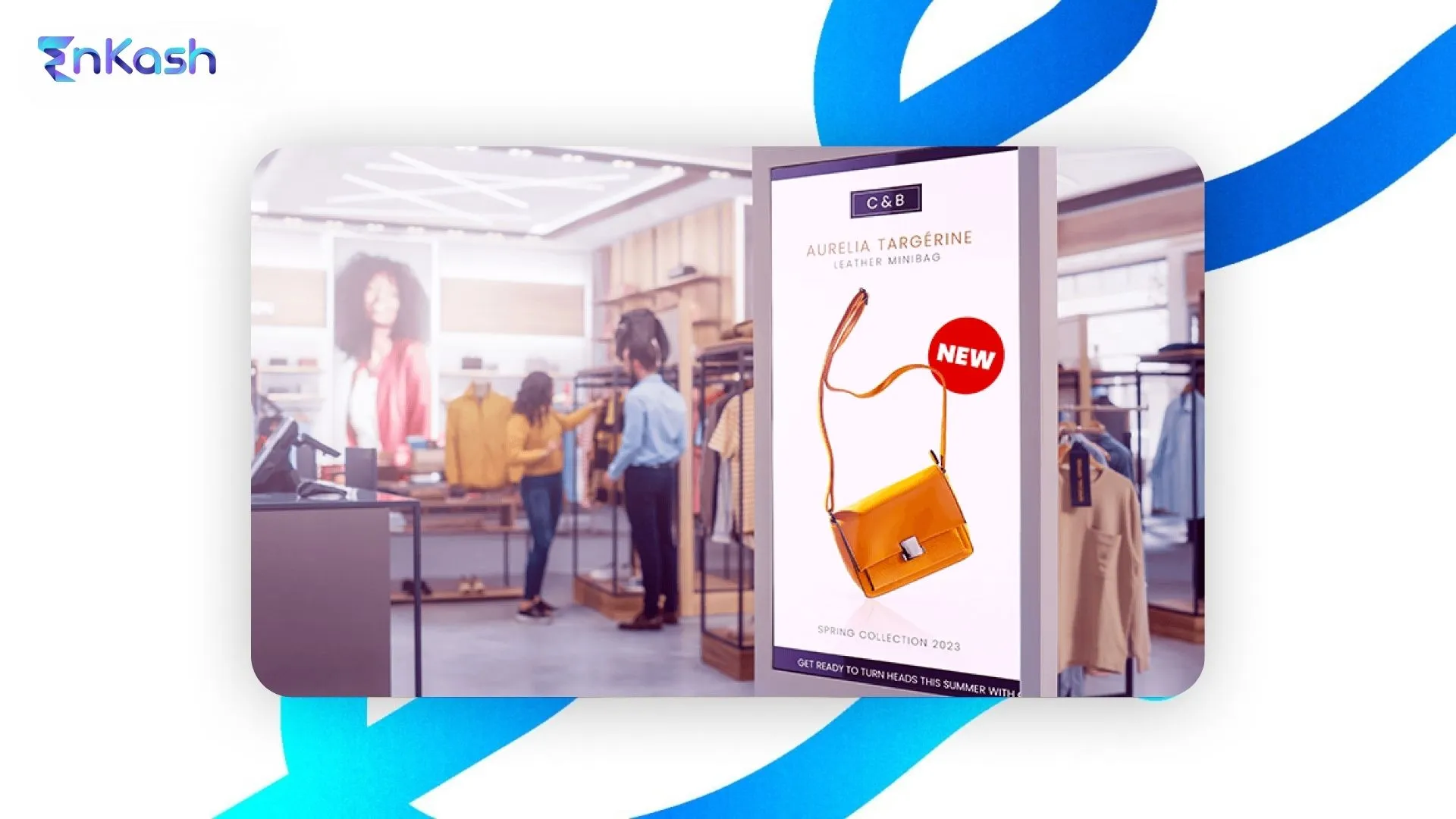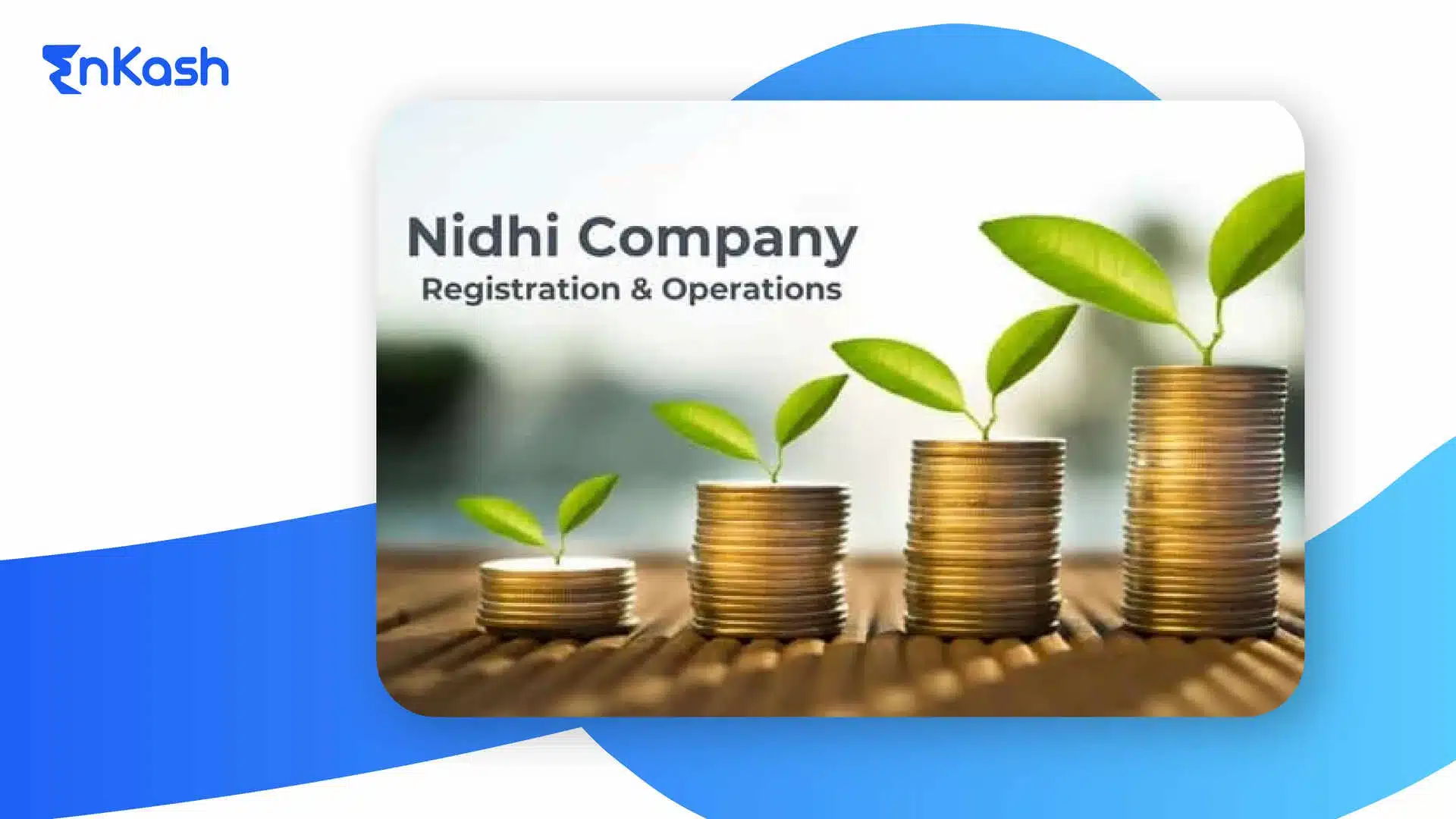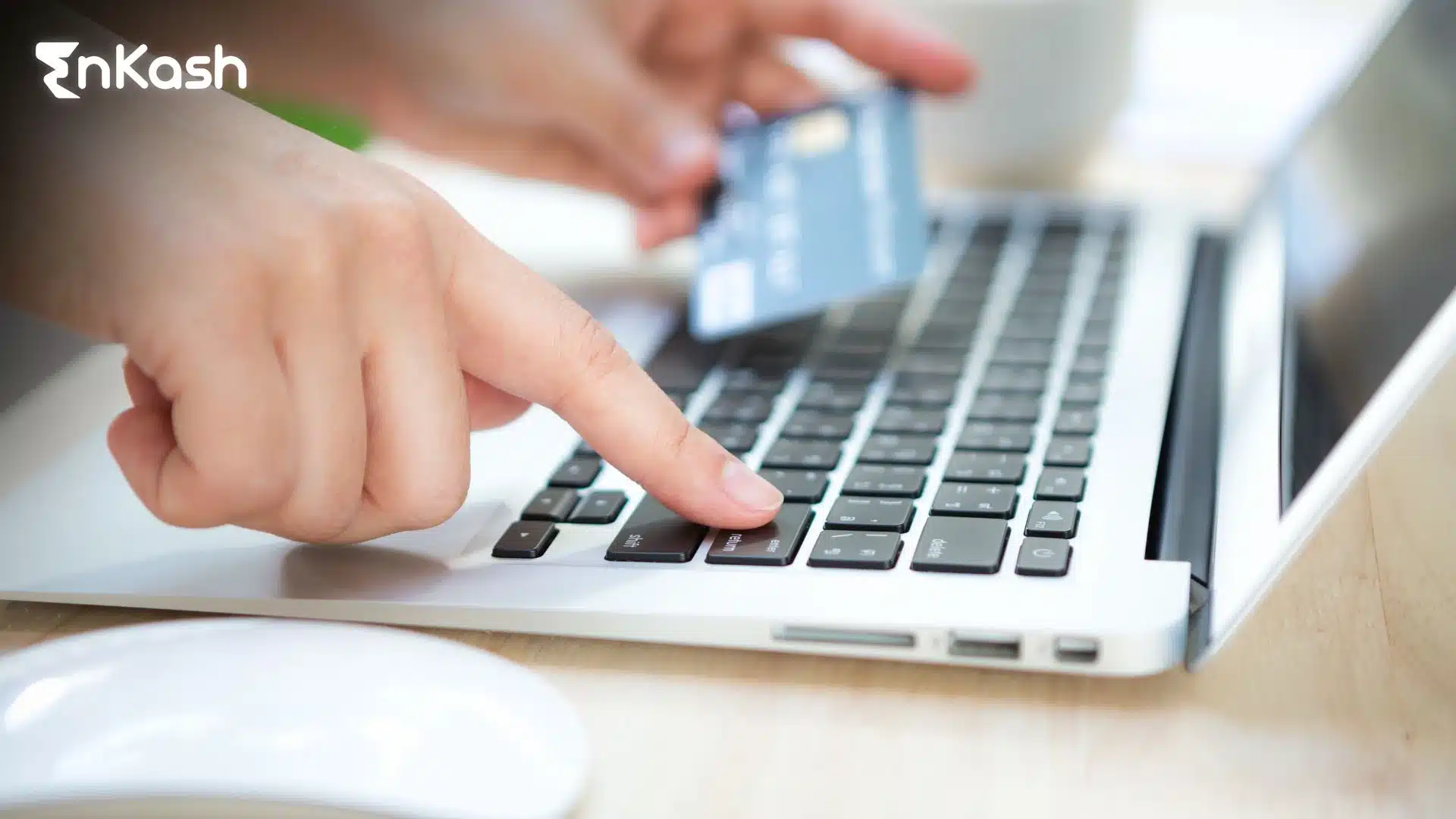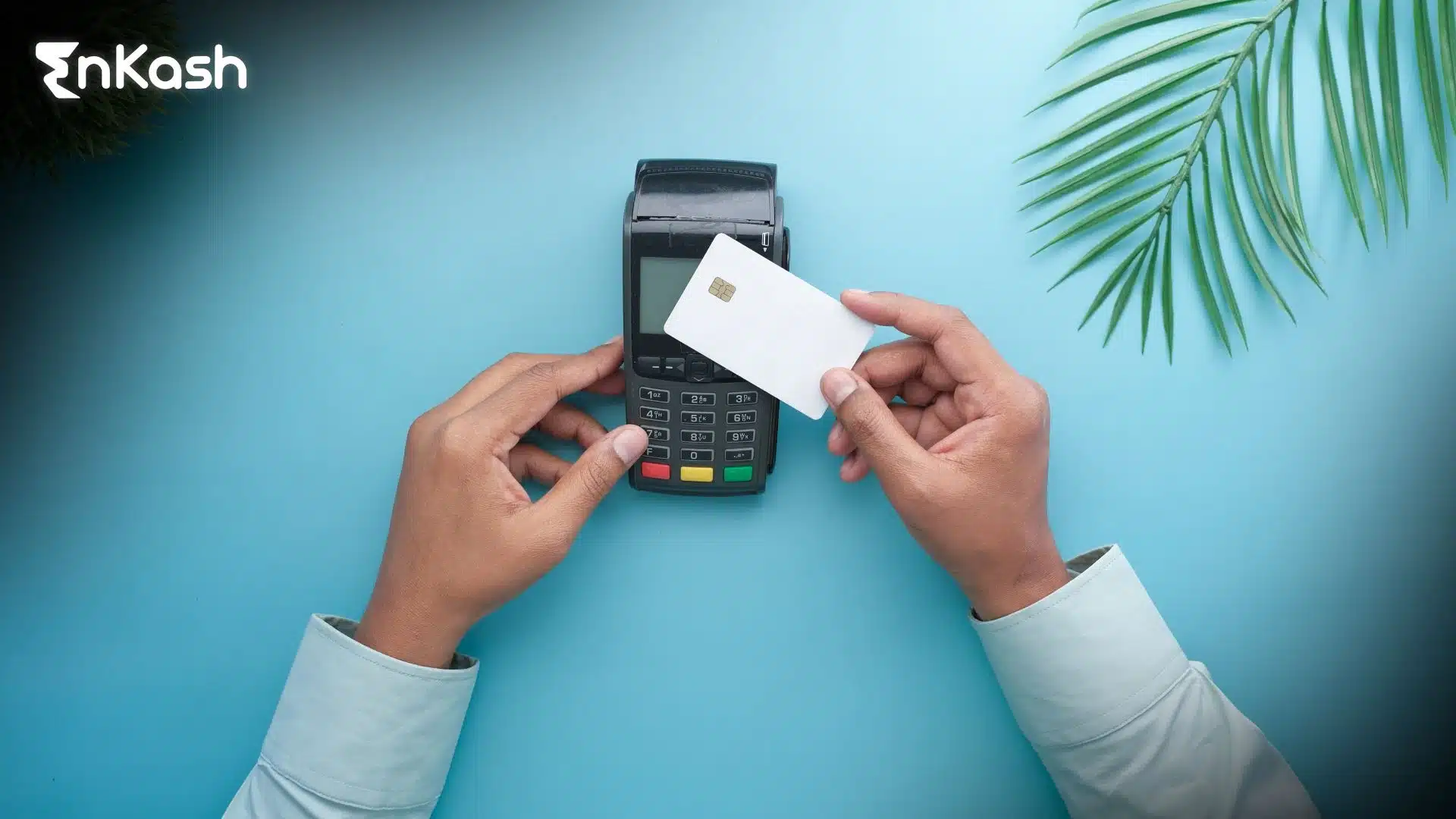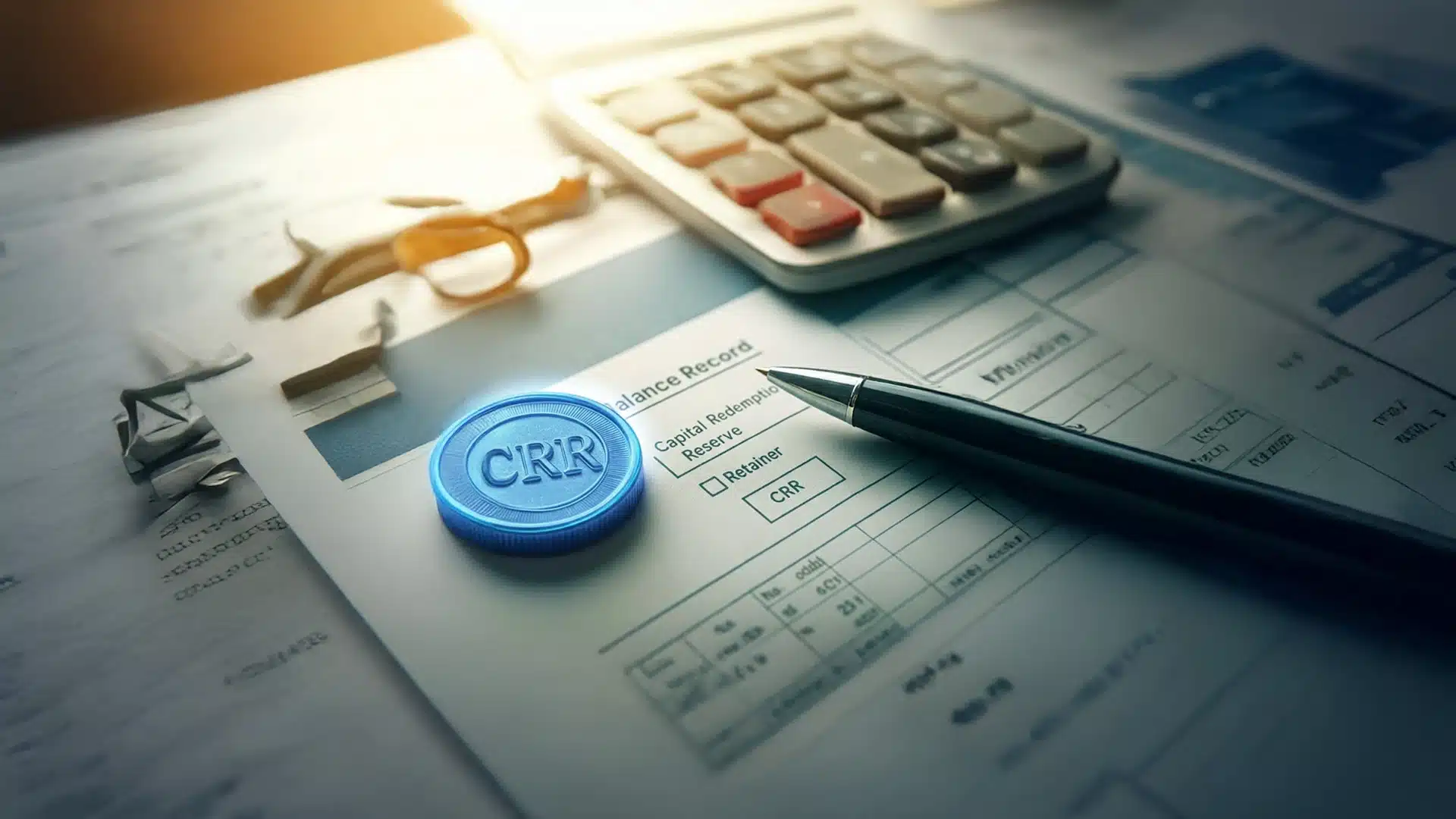Introduction
If you have ever stood in line at a store, you have probably experienced this. You walked in for one or two things, but by the time you got to the counter, a pack of gum, a chocolate bar, or a small item you hadn’t planned on buying somehow ended up in your hands. That’s no accident. Shop owners often place certain products where you’ll notice them just before you pay. In that moment, when you’re already ready to spend, adding one more item feels easy. The display does the selling without anyone having to say a word.
For a small shop, the placement of products in certain areas can influence what customers end up buying. It’s less about stocking more items and more about positioning the right ones where people are most likely to notice them. Over time, those extra, unplanned purchases can quietly contribute to the store’s overall earnings.
What is Point of Purchase (POP)?
Point of Purchase, or POP, is any spot in your store where a customer decides to buy something. It’s not just the billing counter where they pay the bill. It could be a shelf, a small display, or even a stand that catches their eye and makes them pause.
Take a small electronics shop, for example. They might keep a display of popular phone chargers or headphones right near the checkout, and customers often pick up something extra while waiting to pay without even planning to. Or in a clothing store, there might be a rack with new seasonal clothes placed close to the billing counter, shoppers see it and sometimes add a piece on impulse.
How Does Point of Purchase Work?
The point of purchase works by getting your customer to notice something just as they’re thinking about buying. These small moments can make a big difference, especially for small shops that can’t spend much on advertising.
For example, a stationery shop might place a small stand with colorful pens and notebooks right near the billing counter. Customers waiting to pay often spot these items and pick something up on a whim, even if they hadn’t planned to. It’s a simple way to increase sales without much effort or extra cost.
It’s not just for physical stores. When you’re about to check out on an e-commerce site, you often see suggestions like “Customers also bought this” or “Add this to your order.” That’s the digital version of Point of Purchase, giving one last gentle nudge to add a little more. Placing the right things in these spots helps your customers decide quickly and can boost your sales without any big marketing spend.
Point of Purchase vs Point of Sale (POS)
Point of purchase is where your customer decides to buy something; it could be a shelf, a display, or a spot near the counter that catches their eye and makes them pick up a product. Point of sale, on the other hand, is where they pay for it, the billing counter, the card machine, or even the UPI app on your phone.
In most small shops around India, the POS is usually a simple setup, a cash register, a card swipe machine, or a UPI QR code. That’s where the transaction happens and the bill gets paid, while the POP can be anywhere in your store where customers stop and decide what to buy.
POP focuses on engaging customers and encouraging them to make a purchase, while POS ensures the transaction is completed efficiently and without friction. When both are handled well, customers are more likely to add extra items and have a smooth shopping experience.
For Indian small businesses, giving equal attention to these two aspects can significantly increase sales, all without the need for expensive technology or complex processes.
Types of Point of Purchase Displays
Point of purchase displays are tools or setups that draw attention to products right where buying decisions happen. These can take many forms, and the best choice depends on your store layout, budget, and type of products.
Here are some common types used in Indian retail:
- Countertop Displays – Small, compact product stands placed on the billing counter. Ideal for impulse items like chocolates, mobile accessories, or small stationery.
- Floor Stands – Standalone racks or cardboard cutouts placed near high-traffic areas inside the store. Common in electronics shops for headphones or FMCG stores for snacks.
- Shelf Talkers – Small tags or signs that stick out from shelves to highlight a product. Works well in supermarkets to grab attention among similar items.
- End Caps – The displays at the end of an aisle. These are prime real estate in any store because they’re visible from multiple directions. Great for seasonal or promotional products.
- Digital Displays at Checkout – Small screens near the payment counter showing offers, bundles, or new arrivals. Even a basic tablet with a slideshow can do the job.
A well-placed POP display doesn’t just inform, it invites the customer to pick up something they didn’t plan on buying.
Benefits of Point of Purchase & POP Displays
For most small business owners, getting a customer to walk into the store is already half the battle. The other half? Making sure they don’t just buy what they came for, but also discover something new along the way.
Here’s why it works so well:
- It sparks impulse buys – You have probably seen it happen in your store: someone comes in for bread, but leaves with a packet of chips or a chocolate bar they spotted at the counter. That tiny, last-minute decision often comes from the POP display doing its job.
- It puts products in the spotlight – Some items simply get lost if they’re hidden on the wrong shelf. Moving them to a place where customers can’t miss them, like near the counter or along the path to billing, can give them a sudden boost in sales.
- It helps new products get noticed – If you have introduced something new, don’t let it quietly sit in the corner. Put it right where customers linger. The longer they look at it while waiting to pay, the more likely they are to give it a try.
When we talk about point-of-purchase displays specifically, the benefits go even further:
- People remember what they see often – Even if a customer doesn’t buy today, a clear, well-branded display plants the product in their mind for next time.
- They’re perfect for seasonal pushes – Whether it’s a colourful Holi stand of natural colours, a rack of umbrellas during monsoon, or Diwali gift boxes stacked near the door, seasonal POP setups grab attention instantly.
- They make small spaces work harder – A single countertop stand can sometimes earn more than a large product aisle. The trick is putting the right products in the right spot.
If you have noticed how supermarkets stack festival gift hampers right at the entrance or how mobile stores place earphones and covers near the billing desk, that’s not by accident. It’s a quiet but powerful way of nudging customers toward that one extra purchase.
POP in Online & Omnichannel Retail
The idea of Point of Purchase isn’t just for physical stores. E-commerce has taken the concept and given it a digital twist.
Think about the last time you shopped online. You added something to your cart, went to checkout, and suddenly saw suggestions like “Add this for only ₹99” or “People who bought this also bought…” That’s the digital version of a POP display.
POP works differently across selling formats:
- E-commerce stores – Platforms use recommendation boxes, limited-time offers, or free shipping thresholds (“Add ₹200 more to get free delivery”) to influence buying decisions right before payment.
- Social media shops – Instagram or WhatsApp sellers often place a “special add-on” in the payment summary or send it along with order confirmation messages.
- Omnichannel retail – A customer might browse products in-store but complete the purchase online, or vice versa. The POP moment could happen anywhere in-store via a display stand, or digitally through a reminder email about something they almost bought.
For Indian MSMEs adopting hybrid models, the principles are the same whether they operate offline or online. The goal is to catch the customer at that critical “should I buy this?” moment and make the answer a quick yes.
A bakery could use a counter display for cookies in the shop and a “Add cookies to your cake order” prompt on their website. The medium changes, but the psychology behind POP remains the same.
Technology and POP: Modern Solutions
POP is no longer limited to cardboard cutouts and printed signs. Even the smallest shop can use simple tech to make displays more engaging and grab customer attention.
- QR codes for product details – A tiny QR sticker can do a lot. Customers can scan it and instantly see reviews, videos, or extra product info. It’s a neat way to answer questions without a sales pitch, especially for things like electronics, kitchen gadgets, or specialty foods.
- Small digital screens or tablets – You don’t need a big fancy setup. A basic tablet or even a digital photo frame can loop photos, short videos, or special offers. Place it near the counter or in a busy spot, and it naturally draws attention.
- Linking offers to your payment system – Some modern POS terminals can pop up a quick deal just before payment, like “Add a cold drink for ₹20” or “Buy one more and get 10% off.” It’s a gentle nudge at the perfect moment, when the customer is already ready to spend.
And none of this needs a huge budget or complicated technology. With a bit of creativity, you can make your POP feel fresh and engaging.
Common Mistakes to Avoid in POP Marketing
A good point of purchase setup can quietly boost your sales, but the wrong approach can make it disappear into the background. Over the years, I’ve seen a few mistakes that are more common than you’d think:
- Poor placement – If customers can’t see it easily or have to go out of their way to get to it, it’s not going to work. POP works best where people naturally stop or slow down, like near the billing counter or at the end of a busy aisle.
- Cluttered or messy displays – A display stuffed with every possible product just confuses the customer. It’s better to highlight a few items clearly than to overload the space.
- Irrelevant offers – Timing matters. A summer cooler display makes sense in April, but not in December. Products should feel relevant to the season, occasion, or even the customer’s mood.
- Ignoring customer flow – Every store has a natural walking pattern. If your display is stuck in a low-traffic corner, most people won’t even notice it.
- Not updating displays – A display that hasn’t changed in months becomes invisible. Swapping products, updating the theme, or changing the arrangement keeps it fresh.
Conclusion
Point of purchase is any space in a store where customers decide to buy. For Indian MSMEs, making the most of these moments can be one of the simplest ways to lift sales without big marketing budgets.
Well-placed POP displays, whether it’s a small shelf talker near the billing counter, a seasonal end-cap arrangement, or a quick product suggestion at the payment stage, can grab attention when it matters most. The goal is to keep them relevant, easy to notice, and in step with how customers move through the store.
A well-thought-out POP strategy doesn’t just increase sales in the short term. It can also build familiarity and preference for your products, encouraging customers to return and buy again. With regular updates and a bit of creativity, even small stores can turn everyday shopping moments into steady revenue opportunities.
FAQs
1. What is the meaning of point of purchase?
Point of purchase refers to any place in a store where customers decide to buy a product, not just the checkout counter. It can be a display near an aisle, a shelf at eye level, or even a small stand by the entrance.
2. How does the point of purchase work in retail?
POP works by placing products in high-visibility spots where customers are most likely to notice and consider buying them. This could be through countertop displays, shelf talkers, end caps, or digital prompts during checkout.
3. What is the difference between point of purchase and point of sale?
The point of purchase is where buying decisions happen. Point of sale is where the payment is completed, like a billing counter or a POS terminal. In many cases, POP and POS can be close to each other, but they serve different purposes.
4. What is a point of purchase display?
A POP display is a dedicated setup to highlight specific products. Examples include cardboard stands, branded racks, digital screens, or even small baskets placed near the checkout to encourage impulse buying.
5. Why is the point of purchase important for small businesses?
It’s a cost-effective way to influence buying decisions without heavy advertising. By placing the right product in the right spot, small businesses can increase visibility, encourage impulse buys, and improve overall sales.
6. Can the point of purchase be used online?
Yes. In e-commerce, POP can be a “related products” suggestion, a limited-time offer pop-up, or an add-on prompt before checkout. The principle is the same, showing the right product at the right time to increase the chance of a purchase.
7. What are some examples of POP in Indian stores?
In Indian retail, common POP examples include festive-themed racks during Diwali, sachet-sized FMCG products near the billing counter, and seasonal discounts displayed on small signboards. Even local stores use small baskets near the counter to promote impulse buys like candies or stationery.
8. How can MSMEs set up a POP without spending much?
MSMEs can use simple cardboard stands, handwritten signboards, or even QR codes for product information. Seasonal decoration using locally available materials can also attract attention without big costs.
9. How do you measure POP success?
Track sales of products placed in POP areas, compare them with sales from non-POP placement, and note changes in customer buying patterns.
10. What’s the difference between temporary and permanent POP displays?
- Temporary POP displays are used for short-term promotions or seasonal campaigns.
- Permanent POP displays are fixed setups meant to highlight a product year-round.

